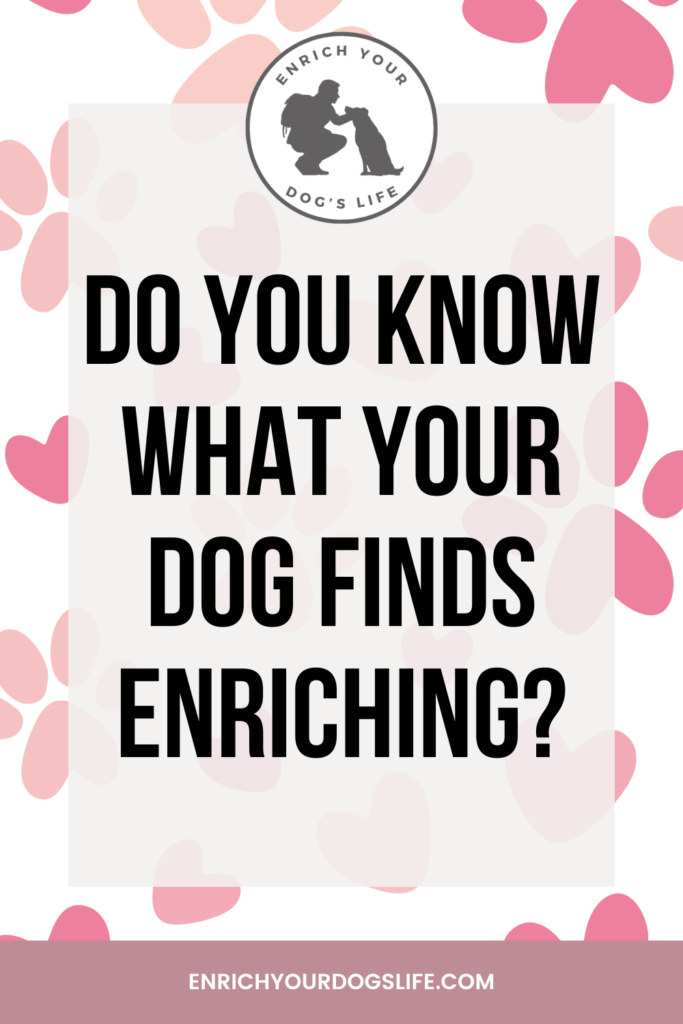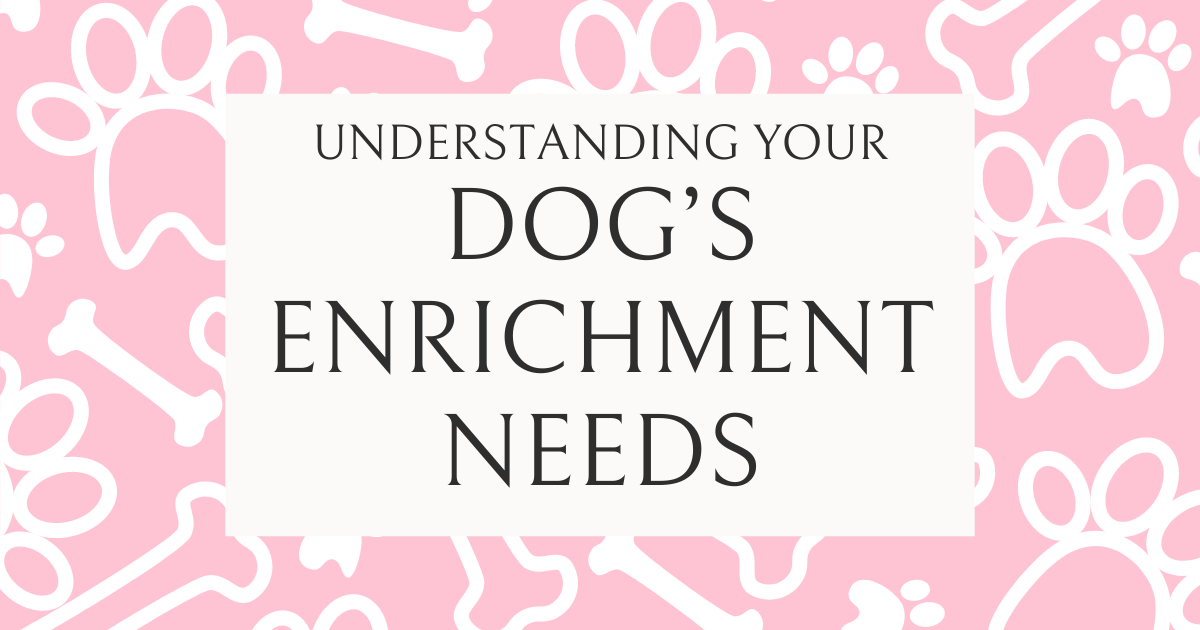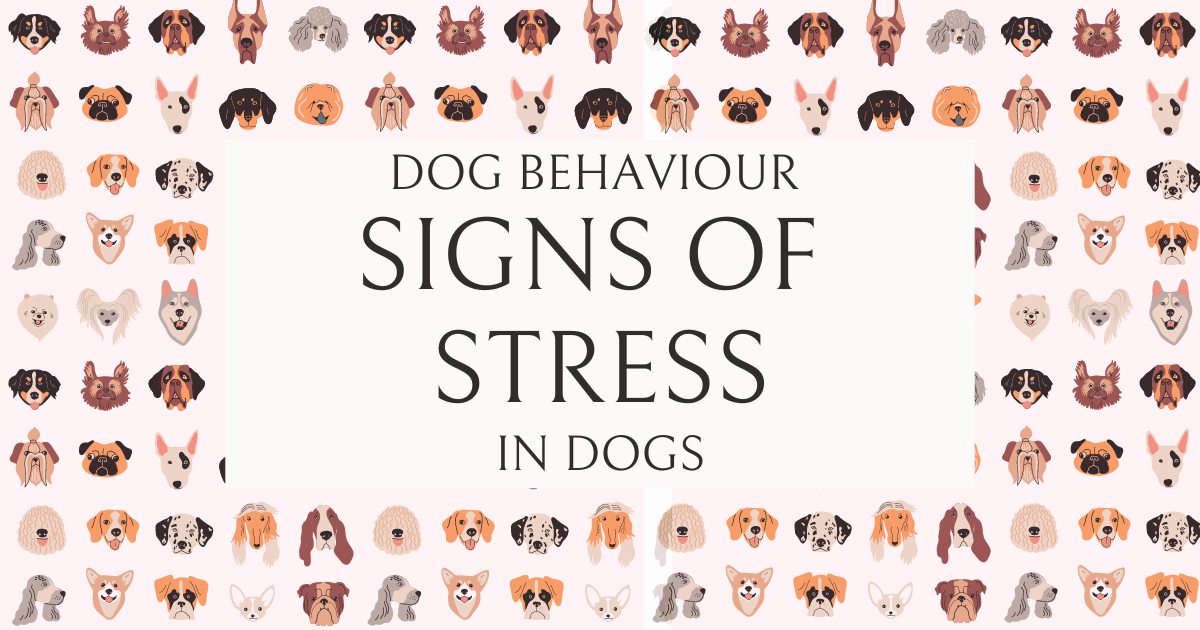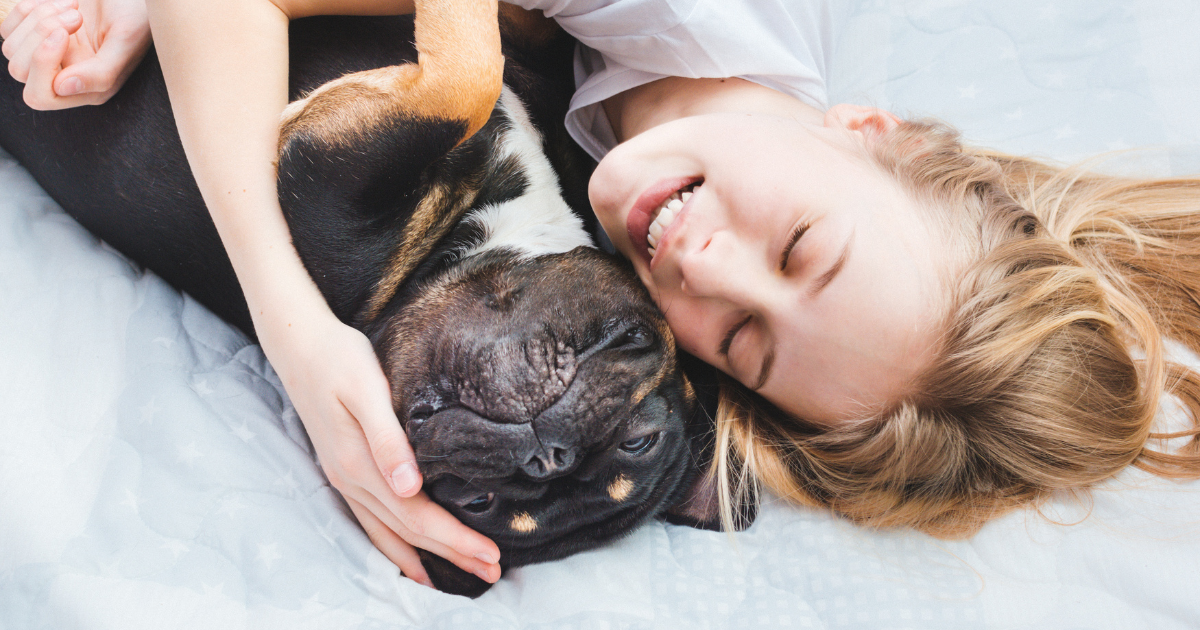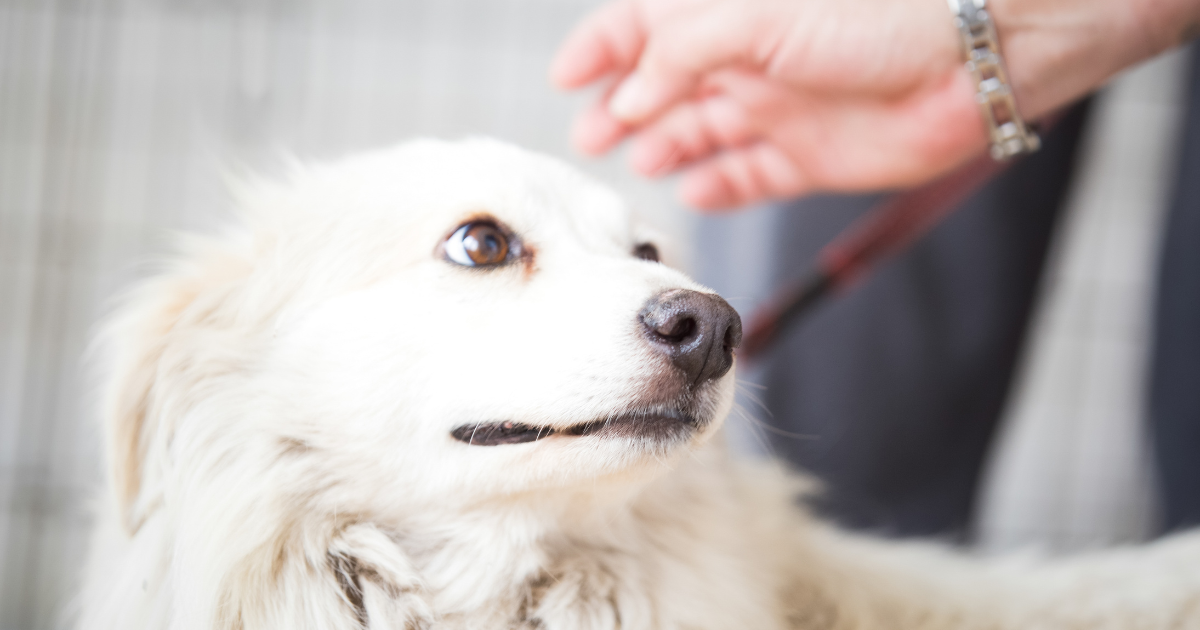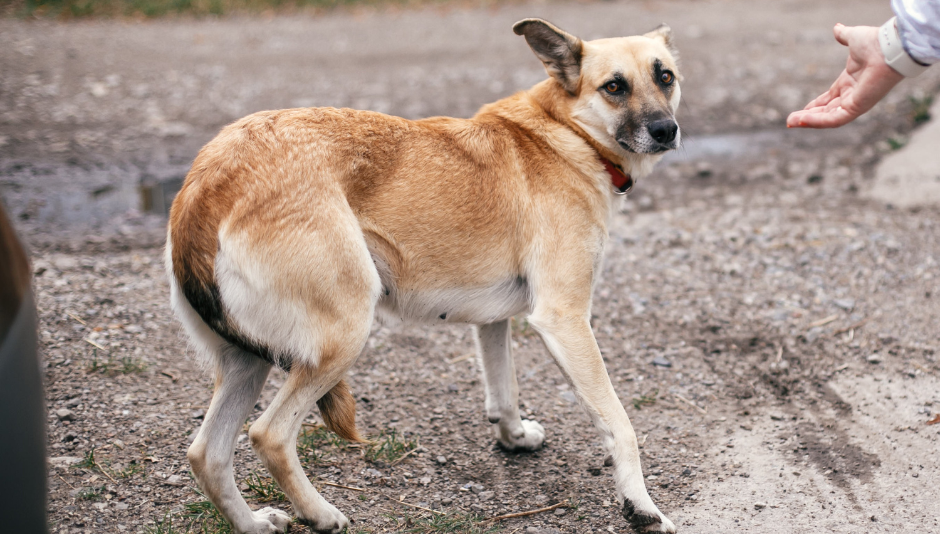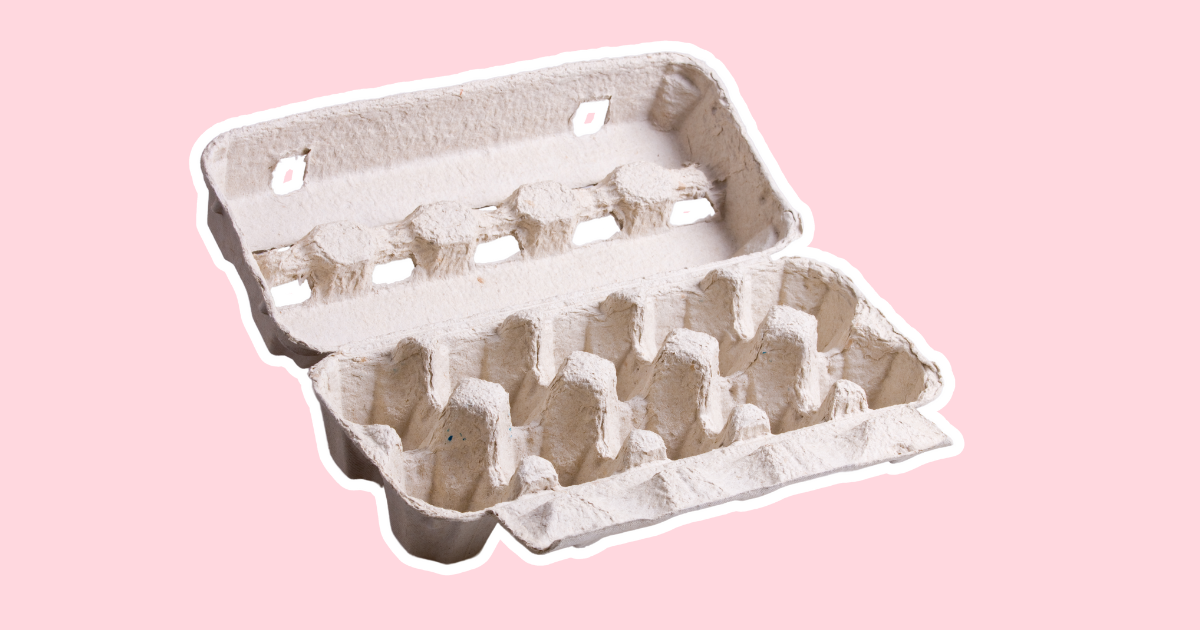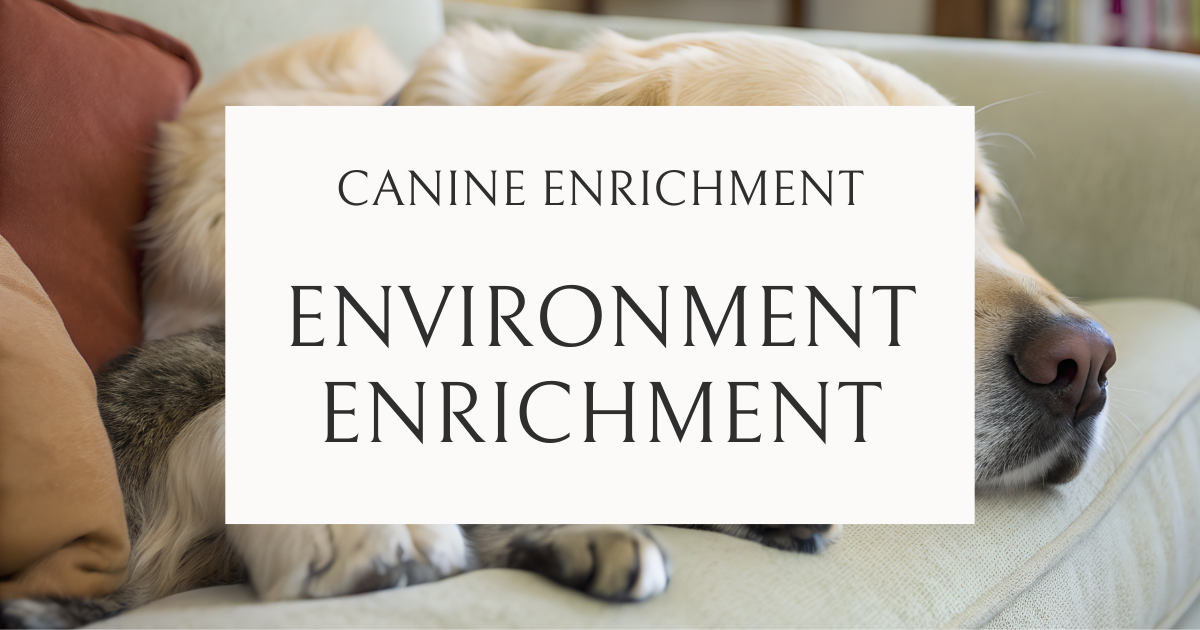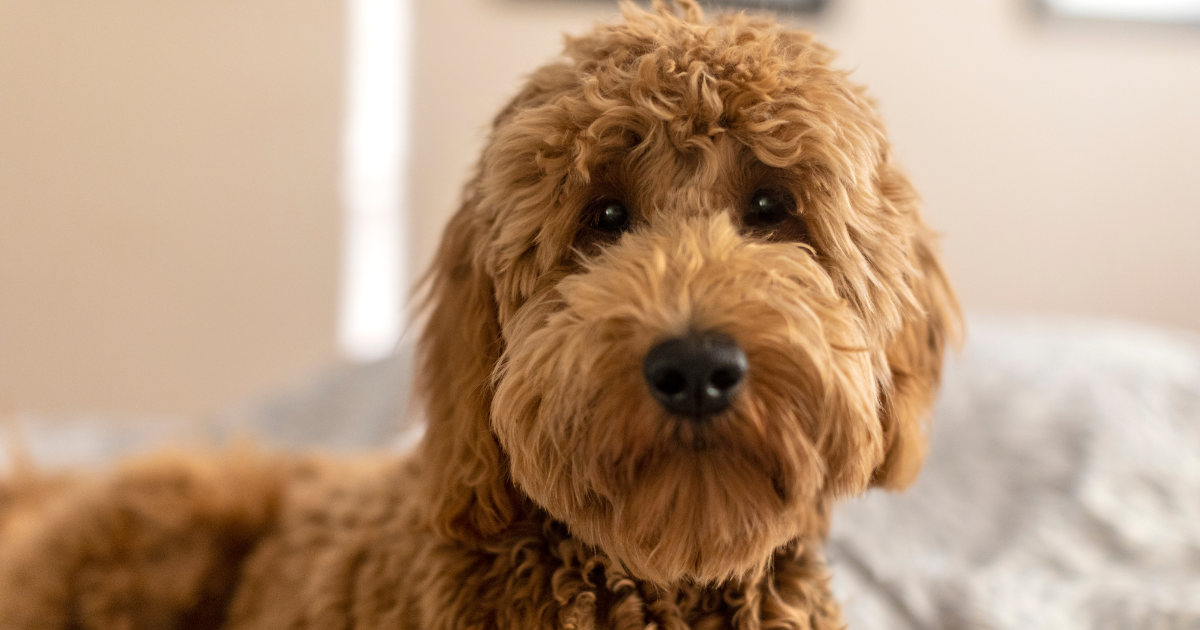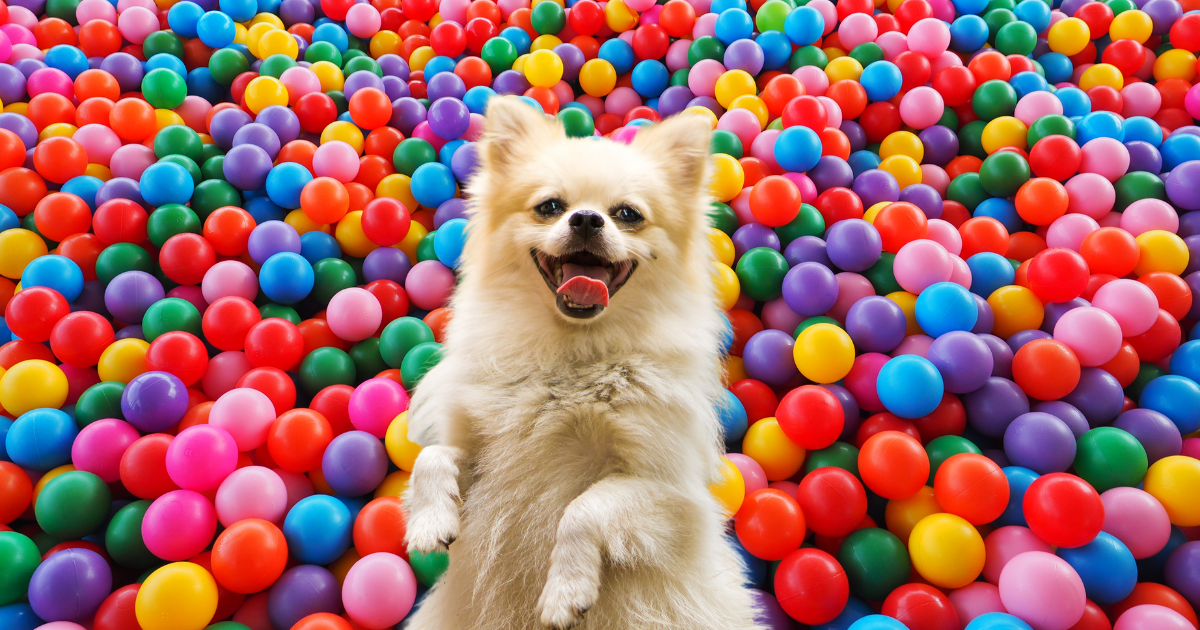Enrichment for dogs involves providing them with mental and physical stimulation that meets their natural instincts and needs. Each dog is unique, so it’s important to observe and understand your dog’s behavior to determine what they find enriching. Here are some tips on how to know what your dog finds enriching:
Finding out what your Dog finds enriching
Observe your dog’s behaviour
Pay close attention to your dog’s behaviour during different activities and environments. Does your dog get excited or show interest in certain toys, games, or activities? Does your dog engage in specific behaviours such as sniffing, digging, or chasing? These observations can provide clues about what your dog finds enriching.
Experiment with different toys and activities
Offer your dog a variety of toys, puzzles, and activities to see which ones they show the most interest in. Some dogs may enjoy puzzle toys that challenge their problem-solving skills, while others may prefer toys they can fetch or chew on. You can also try different types of activities such as hiking, playing hide-and-seek, or teaching your dog new tricks to see what they enjoy the most.
Follow your dog’s natural instincts
Dogs have innate behaviours and instincts based on their breed and individual personality. For example, herding breeds may enjoy chasing and rounding up toys or playing “fetch,” while scent hounds may enjoy using their noses to search for treats or toys. Understanding your dog’s breed and natural instincts can help you provide enrichment that aligns with their needs.
Pay attention to body language
Your dog’s body language can also provide insight into what they find enriching. If your dog wags their tail, shows excitement, and engages enthusiastically in an activity, it’s likely something they enjoy. On the other hand, if your dog looks anxious, stressed, or disinterested, it’s a sign that the activity may not be enriching for them.
8 Signs of Stress in Dogs to look out for
The Art of Canine Comfort: Unveiling the Secrets and Joys of Dog Cuddles
Tips for Approaching an Anxious Dog
Body Language of a Scared or Anxious Dog
Body Language of a Relaxed Dog
Body Language in Dogs
Rotate and vary enrichment activities
Dogs can get bored with the same toys or activities over time, so it’s important to rotate and vary their enrichment regularly. Introduce new toys, puzzles, or games, and observe your dog’s response to see if they show increased interest and engagement.
Consider individual preferences
Just like people, dogs have individual preferences. Some dogs may prefer physical exercise, while others may prefer mental stimulation. Some dogs may enjoy social interactions with other dogs or people, while others may prefer solitary activities. Take your dog’s individual preferences into consideration when providing enrichment activities.
Remember that not all dogs are the same, and what may be enriching for one dog may not be for another. It’s important to take your dog’s individual personality, preferences, and behaviour into account when determining what they find enriching. If you’re unsure, you can also consult with a professional dog behaviourist or trainer for guidance. The key is to observe, experiment, and adapt to your dog’s needs to provide them with the most fulfilling enrichment activities.
Hunde Enrichment Ideen
Egg-Citing Dog Enrichment with simple Egg Cartons
Creating a Fun Summer Bucket List with your Dog
The Importance of Environmental Enrichment for Dogs
Goldendoodle Enrichment Ideas and Activities!
Dog Enrichment with Ball Pits
Ways to keep your Dog hydrated
